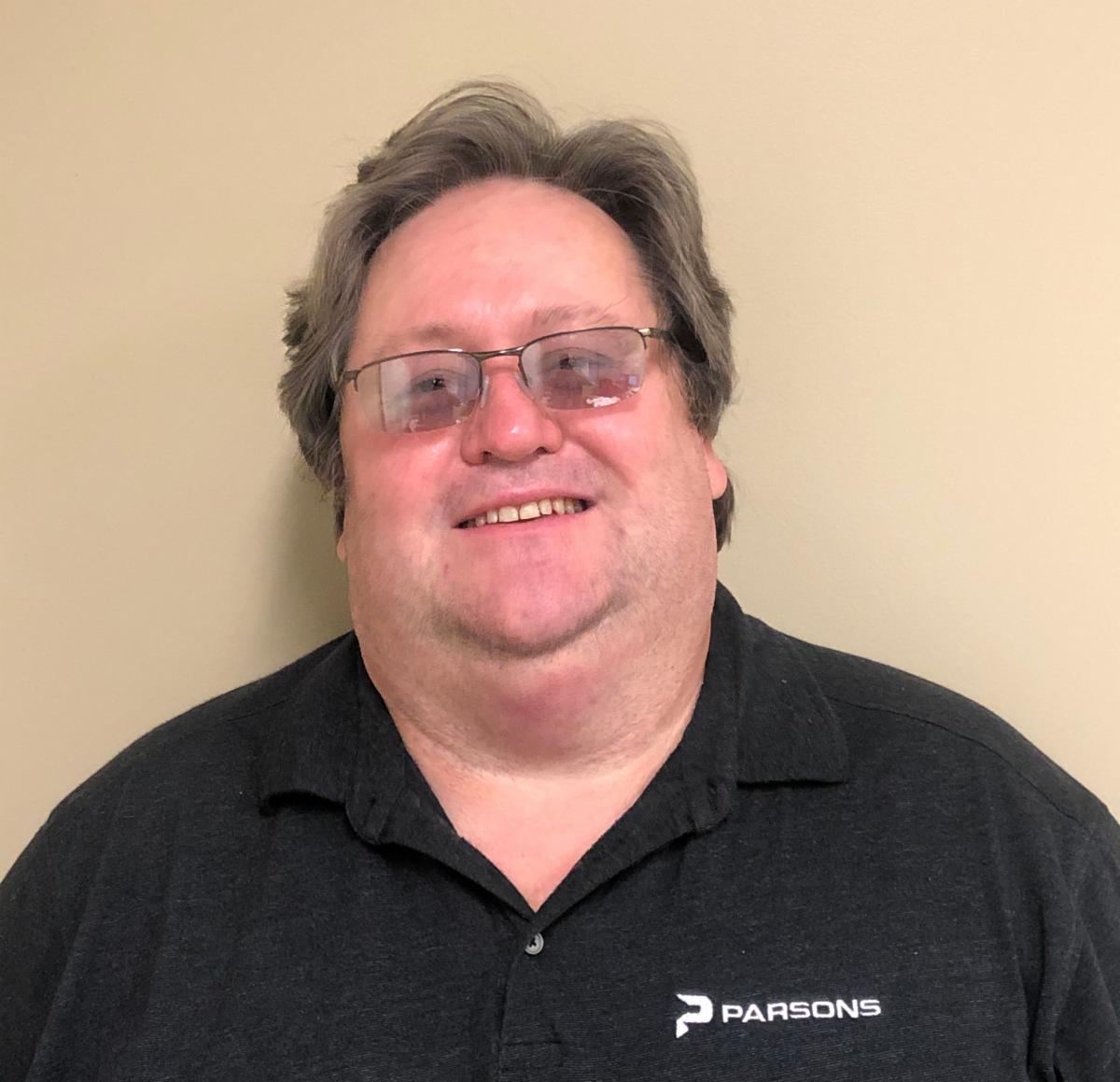Where
This is an online event.
Zoom connection information will be provided in the confirmation email after registration / RSVP.
Contact
Events/Program Chair, LA, AIAA Los Angeles Las Vegas sectionAmerican Institute of Aeronautics & Astronautics, Los Angeles - Las Vegas Section
949-426-8175
events.aiaalalv@gmail.com

(January 23, 2021) e-Town Hall Meeting with Dr. Swati Saxena and Mr. Stephen Thomas
Volunteers are needed for al AIAA activities, please contact cgsonwane@gmail.com
January 23rd, 2020, 10 AM PST
Tentative Agenda (All Time PST) (Pacific Standard Time, US and Canada)
10:05 am: Dr. Chandrashekhar Sonwane (Welcome, AIAA LA LV Section Chair)
10:10 am: Dr. Swati Saxena (ANSYS)
11:40 am: Mr. Stephen Thomas (Parsons)
01:10 pm: Adjourn
(Please enable Javascript on the Web Browser)
Event Calendar
Join Mailing List
Upcoming Events
Join AIAA Membership

(Part I)
Addressing the Challenges of the Design of Hypersonic Vehicles with Simulationby
by
Dr. Swati Saxena
Technical and Project Manager
ANSYS Inc.
(Part II)
Parsons Digital Engineering Framework (PDEF) Hypersonic Demonstration
by
Mr. Stephen Thomas
Program Assessments Lead, Complex Technical InvestigationsLeadership supporting critical national security projects in air, missile, and space defense,
Parsons

(Part I) Addressing the Challenges of the Design of Hypersonic Vehicles with Simulation
Abstract: More recently, the United States Department of Defense (DoD) has been actively pursuing and supporting the development of hypersonic weapons and vehicles owing to the continued threat from adversaries. The Pentagon’s FY2021 budget request for all hypersonic related research is at $3.2B – up from $2.6B in FY2020. Hypersonic vehicles fly at speeds of at least Mach 5, which is five times the speed of sound in air. These extreme operational conditions pose unique challenges in the design, manufacturing, and sustainment of these vehicles. Also, the lifetime of these defense vehicles and weapons span over decades.
Some of the major challenges in the design of hypersonic vehicles are in the areas of aerothermodynamics, propulsion, structures and materials, thermal management, and phenomena such as communication blackout and aero-optical effects. This presentation will focus on how Ansys physics-based simulation technologies can help the designers and analysts address these challenges in the context of hypersonic vehicle design. Simulation can provide a framework for validation of these designs, reduce the need for physical tests resulting in cost savings and compressed design cycle time.

Swati Saxena, PhD
AIAA Lifetime Senior Member
B. Tech. - IIT Kanpur
MS and PhD in Aerospace Engineering - Penn State University
Lead Research Scientist and Program Manager - GE Global Research
Technical and Project Manager - Ansys Inc. (2018 - present)
Areas of Interest: Machine Learning in Simulation, Engineering Design - MBSE,/PIDO, Fluid Mechanics and Aero-acoustics, Gas Turbine Design
20+ publications, 2 patents
|

(Part II) Parsons Digital Engineering Framework (PDEF) Hypersonic Demonstration
This talk presents a demonstration of digital systems engineering at a System of Systems level. The focus is on the deployment of various sensor platforms to provide tracking opportunities for various hypersonic trajectories. Requirements are generated based on high level system performance and how the overall laydown contributes to the maximum viewing time allowed for the system of systems. The talk outlines the process of generating a threat vignette and using that to develop requirements based on system performance. The laydown consists of fixed and mobile sensor platforms and an optimization study is performed to determine the best placement of mobile sensors within operational areas. In addition, a probabilistic analysis is performed to calculate the most likely position within 3 sigma around each optimized mobile sensor location. These values are used to determine threshold and goal key performance parameters that can be used in trade studies to see the effects of modifying the sensor parameters and ensuring that requirements are still being met.This talk also presents a digital framework that was used to create the workflow and integrate various simulations tools such as STK and MATLAB into the process. The framework consists of a Model Based Systems Engineering tool, No Magic’s Cameo; a integration tool and simulation execution engine, Phoenix Model Center, and performance models developed in Systems Tool Kit and MATLAB. Outputs from these studies are configuration managed in a SQL database and performance metrics can be view through a Digital Dashboard, such as Microsoft’s PowerBI tool. Finally, all simulations are ran in a virtual environment hosted in Microsoft Azure.

Mr. Stephen Thomas currently works for Parsons and has over 25 years leading program assessments and complex technical investigations in increasing positions of leadership supporting critical national security projects in air, missile, and space defense. Recognized expert in the following technical areas: Model Based System Engineering, Software Development/Integration, 2D/3D Modeling and Simulation, Advanced Visualization, Environmental Phenomenology, Electro-optical and Infrared Signature Analysis, Kinematics, Geographical Information Systems (GIS), Embedded Hardware/Software Development, and Multivariate Optimization.
Mr. Thomas’ educational background includes:
GRADUATE STUDIES IN APPLIED COMPUTATIONAL PHYSICS - George Mason University (GMU). Fairfax, Virginia. August 1997 – May 1998.
GRADUATE STUDIES IN THEORETICAL PHYSICS - University of Kansas (KU). Lawrence, Kansas. August 1991 - May 1992.
BACHELOR OF SCIENCE IN PHYSICS - Double minor in Mathematics and Astronomy. Missouri State University (MSU). Springfield, Missouri. May 1991.
ELECTRICAL ENGINEERING - Missouri Transfer Applicants Pre-Engineering (Electrical) Program. Missouri Southern State College (MSSC). Joplin, Missouri, May 1988.
ASSOCIATE OF APPLIED SCIENCE IN ELECTRICAL - ELECTRONICS TECHNOLOGY - Oklahoma State University. Okmulgee, Oklahoma. September 1986.